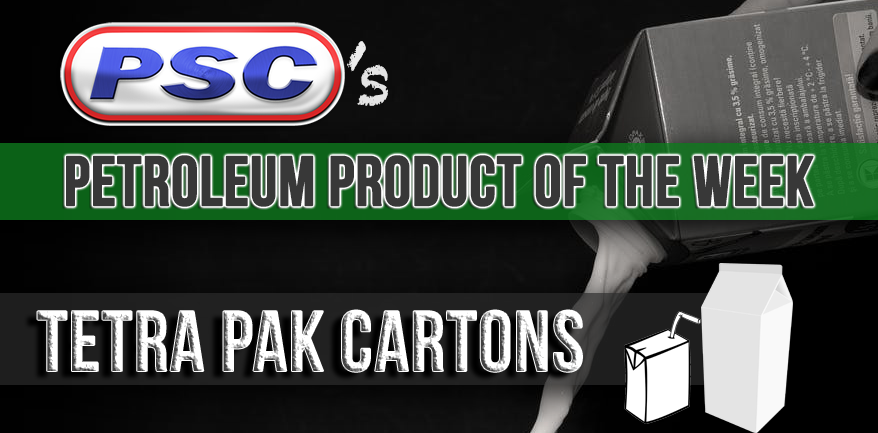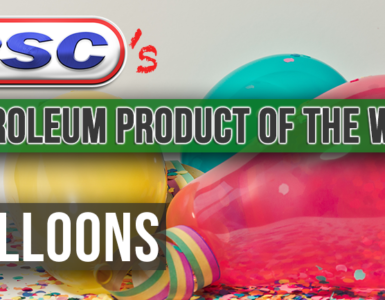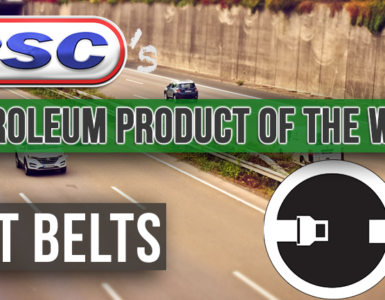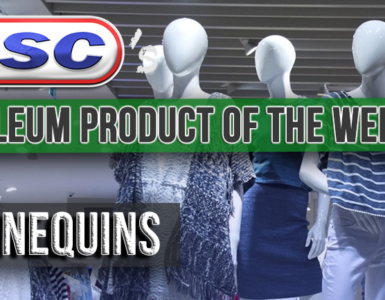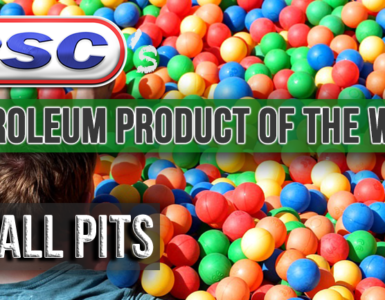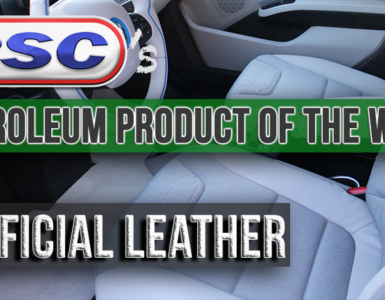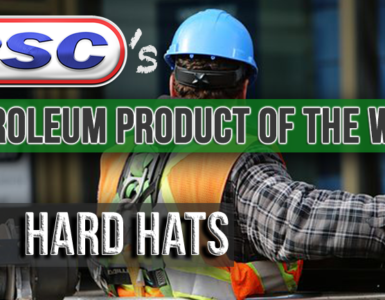Boxed Beverages
Welcome to the 21st century where you can purchase your beverages and liquids in a multitude of packaging options. Do you want glass bottles? Go for it. Plastic bottles? They’re everywhere. Plastic bags? Believe it or not, bagged milk is the delivery system of choice for many Canadians, particularly in Ontario. But if there’s one beverage package making a splash in households across the globe, it’s the paper carton.
If you’ve always wondered how paper, of all things, could contain your 2% (and, ahem, wine), I’ll let the cat out of the bag right now: petroleum. More specifically, plastic coating.
Shocking, I know.
Tetra Pak
Go to the store and you’ll likely see a wide variety of packaging bearing the name “Tetra Pak.” From dairy milk to orange juice, water, soups, dog food, ice cream, and wine, these packages pack a punch.
Tetra Pak is a food packaging a processing company founding in Lund, Sweden, in 1951. Ruben Rausing founded and built the company based on Erik Wallenberg’s innovation: a tetrahedron-shaped plastic-coated paper carton. This is where the company gets its name from.
Prior to Tetra Pak, Rausing and a man named Erik Åkerlund established a food carton company that ultimately became a leading manufacturer of dry food cartons. Rausing, however, wanted to find a way to pre-package liquids like milk and cream, and spent significant resources for developing a viable package.
The package was to provide optimal food safety, hygiene and distribution efficiency using a minimum amount of material. In short, it should “save more than it costs.”
Suffice it to say, Rausing and Åkerlund succeeded and filed for a patent on March 27, 1944.
The first filling machine producing cream tetrahedrons was delivered to a local dairy in 1952. In subsequent years, Tetra Pak containers became a common sight in Swedish grocery stores. Eventually, the machines and cartons made it to other countries.
Tetra Pak’s commercial breakthrough came through in the mid-1960s when they introduced their new Tetra Brik package and developed Aseptic technology. Aseptic processing refers to packing a sterile product in a sterile container in such a way that it maintains sterility.
How to Make a Drink Carton
Before you can start pounding back those juice boxes (with the included bendy straw), the juice box needs to be born.
Follow us on this magical journey!

Since the base of these cartons is paper, first we need some trees. Grab yourself an ax and head off into the forest to find yourself some. Once the trees are harvested, they’re taken to a paper mill where they are processed into wood pulp.
That wood pulp is pressed and heated into paper. The initial paper pulp is rather rough (and brown). In this state, the pulp can be pressed into paper for cardboard boxes or paper grocery bags. But to become a juice box (or any kind of pack), the pulp needs further processing.
For this, we need white paper, so some of that brown pulp is bleached white. Machines spray this pulp onto the brown pulp as a layer. The layers bond together and get pressed/dried into paper rolls.
These rolls are transferred from the paper mill to the factory that will produce the packaging. At this second location, the designs are printed onto the paper and the creases are made that will eventually form the shape.
As mentioned above, this paper needs a coating, or else the paper packages would be a leaky, soggy mess. Ever put soup in an untreated paper bowl? If not, feel free to use your imagination (or grab some supplies for an experiment). Manufacturers use hot, melted polyethylene to completely seal the shape. The outside is coated to seal in the ink while the inside is triple coated to protect the contents. Polyethylene is one of the most commonly used plastics today and has been used by Tetra Pak to coat packages since 1953.
The coated sheets are sliced into finished widths to be formed into their respected shapes and are sealed with a heat sensitive glue. The full (and fully sealed) containers are given a cold sterilizing shower before going on their way to a store near you.
Watch the fascinating process below:
Recyclability
You might be wondering, are Tetra Pak packages recyclable?
Aseptic packages, in particular, are tricky because, in addition to the raw paper and plastic layers, they also contain aluminum. This means you can’t just recycle them as paper waste.
Since the mid-1980s, Tetra Pak has offered limited recycling programs for its cartons. In 2009, the company joined other carton manufactures to establish the Carton Council. This organization is “committed to delivering long-term collaborative solutions that divert valuable cartons from the landfill.” Check out this infographic to see how cartons are recycled. You can also use this website to see if there are carton recycling programs in your community.
Sources:
http://www.tetrapak.com/us/about/history
https://en.wikipedia.org/wiki/Tetra_Pak

